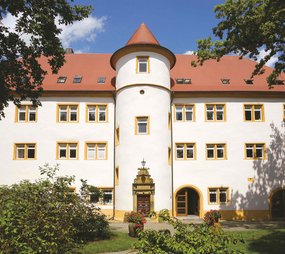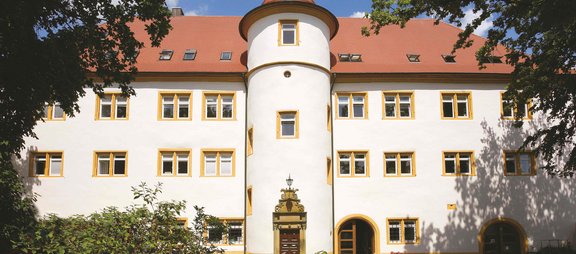Termine auf Anfrage
Online-Seminar | 220 | Digital Fitting Lab
Online-Workshop | 125 | Passform & Schnitt
Workshop | 145 | Passform & Schnitt
Seminar | 931 | Textiles Grundwissen
Deutschland | Bönnigheim
Online-Workshop | 124 | Passform & Schnitt
Online-Workshop | 211 | Digital Fitting Lab
Seminar | 702 | Waschen & Reinigen
Workshop | 146 | Passform & Schnitt
Workshop | 150 | Passform & Schnitt
Seminar | 890 | Waschen & Reinigen
Online-Workshop | 143 | Passform & Schnitt
Workshop | 126 | Passform & Schnitt
Workshop | 130 | Passform & Schnitt
Workshop | 127 | Passform & Schnitt
Workshop | 149 | Passform & Schnitt
Workshop | 148 | Passform & Schnitt
Online-Seminar | 216 | Digital Fitting Lab
Online-Workshop | 208 | Digital Fitting Lab
Online-Seminar | 217 | Digital Fitting Lab
Online-Workshop | 154 | Passform & Schnitt
Online-Workshop | 142 | Passform & Schnitt
Online-Workshop | 205 | Digital Fitting Lab
Online-Workshop | 203 | Digital Fitting Lab
Online-Workshop | 204 | Digital Fitting Lab
Seminar | Waschen & Reinigen
Online-Seminar | 218 | Digital Fitting Lab
Online-Workshop | 139 | Passform & Schnitt
Online-Seminar | Digital Fitting Lab
Online-Seminar | Digital Fitting Lab
Workshop | 144 | Passform & Schnitt
Seminar | 503 I | Textiles Grundwissen
Deutschland | Bönnigheim
Seminar | 902 | Waschen & Reinigen
Seminar | 839 A | Waschen & Reinigen
Seminar | 894 | Waschen & Reinigen
Online-Workshop | 137 | Passform & Schnitt
Seminar | 310 | Sicherheit & Nachhaltigkeit
Deutschland | Bönnigheim
Seminar | 903 | Textiles Grundwissen
Seminar | 924 | Waschen & Reinigen
Workshop | 140 | Passform & Schnitt
Online-Workshop | 151 | Digital Fitting Lab
Online-Workshop | 206 | Digital Fitting Lab
Online-Seminar | 922 | Textiles Grundwissen



